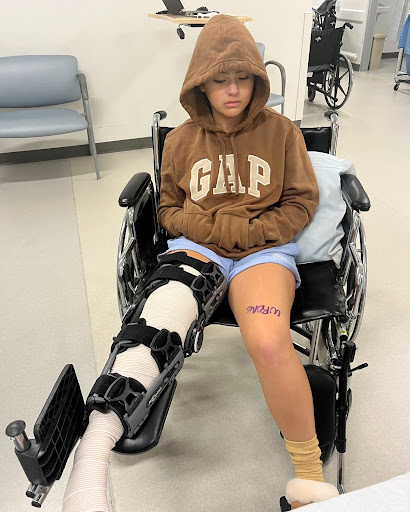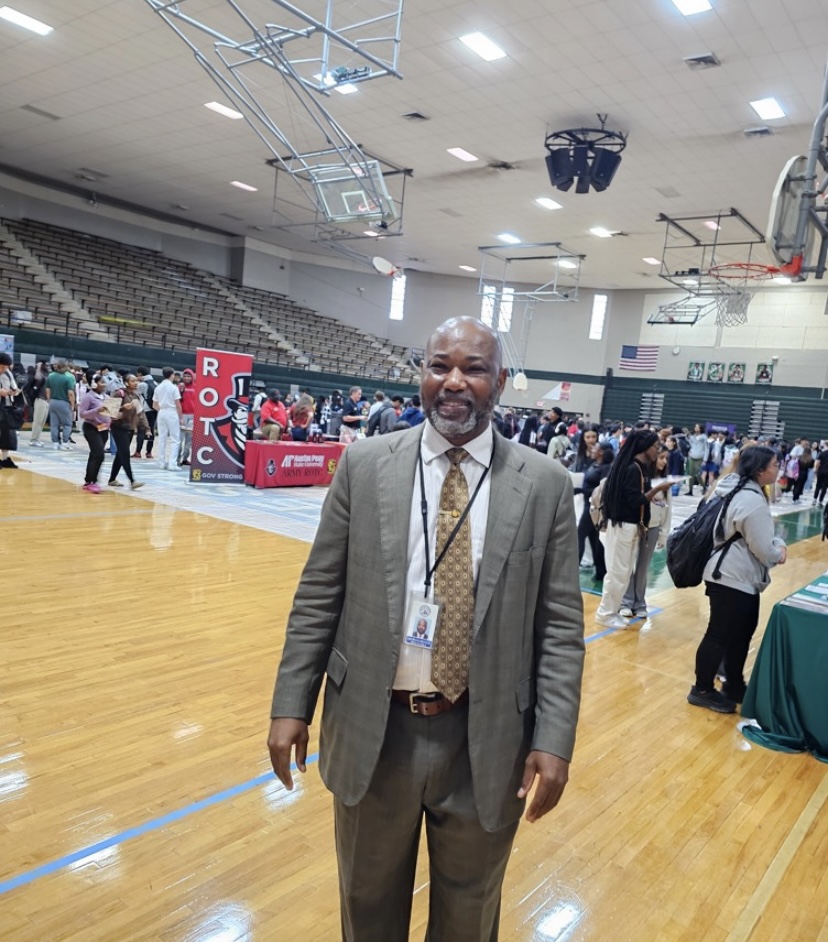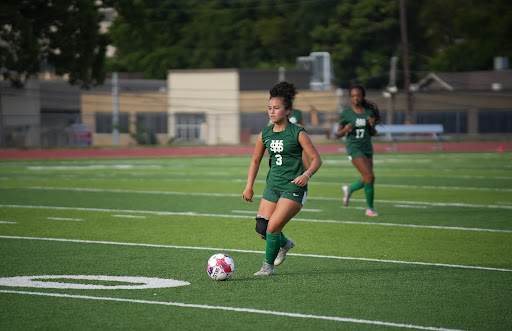One bad landing, one misplaced foot, one quick turn and one surprising pop can be the difference between an exciting, successful season and a long, difficult journey of recovery.
The anterior cruciate ligament, commonly referred to as the ACL, is one of the most torn ligaments among athletes. Hard collisions, incorrect jump landings and sudden, jerky movements — all regular requirements of most sports — can all cause an ACL to tear.
“I was going for a block and I planted wrong,” Charity Relliford (10), a basketball and volleyball player, said. “So, I ended up tearing it.”
An athlete’s sex, body composition and sport all contribute to their likelihood of tearing an ACL. Women are much more likely to acquire this injury because of the looseness of their joints and their lower muscle mass around the knees compared to men (National Center for Biotechnical Information). Soccer, a leg-focused sport that requires quick shifts and turns, is the most common sport played among those who have torn their ACLs. Take Sofia Cruz (10) for example: she is a female soccer player who has torn her ACL three times at only 15 years old.
“[My third time], I was playing defense in our game against Hutchison [High School],” Cruz said. “I saw my knee pop out of place and found out I’d torn it.”
Though certain athletes are predisposed to the injury, there are ways to lower the chances of a tear. Preventative work through plyometric and muscle-area-focused exercises lowers the risk of tearing an ACL by up to 60% (National Library of Medicine). Improving one’s technique and physical condition can also help an athlete protect themselves.
“[My team] focuses a lot on [exercises for] the joints, so ankles, knees and hips,” White Station High School’s Girls’ lacrosse coach Mack McKinney said. “It’s preventive knee exercise downward and lateral force training.”
Tearing this ligament can not only cause physical trauma for an athlete but also psychological trauma. It is common for young athletes to associate a major part of their identity with their sport since they put so much time and work into it. Upon the sudden loss of a major part of their identity, many athletes find themselves in forms of depression and stress. Relliford and Cruz both noted that they experienced phases of feeling sullen and unmotivated.
“I wanted to play [in] this [soccer] season with my sister,” Cruz said. “But I regret returning to soccer because now I can’t run track which I was really excited for.”
The process of recovery is not simple, and in Sofia’s case, it can even be repetitive. An athlete must be able to mentally and physically persevere through the surgery as well as physical therapy while constantly having their end goal in mind. If they are successful, the athlete can come out of recovery at the same or even greater level of play compared to before their injury.
“It’s all based on their recovery,” McKinney said. “If the athlete has a good, sound mind in terms of their mental abilities, they can push through the emotional part of things.”
Once reintroduced to their sport, some athletes find success while others find it too difficult. An injury early into a high school career is much easier to recover from, but it is common for senior players to never return after tearing their ACLs. Recovery and progression all depend on an athlete’s fortitude and dedication, no matter the circumstances.
“I feel like no one talks about how mentally hard recovery is,” Cruz said. “You have to be really strong to relearn everything and see everyone else doing everything you wish you could.”




































